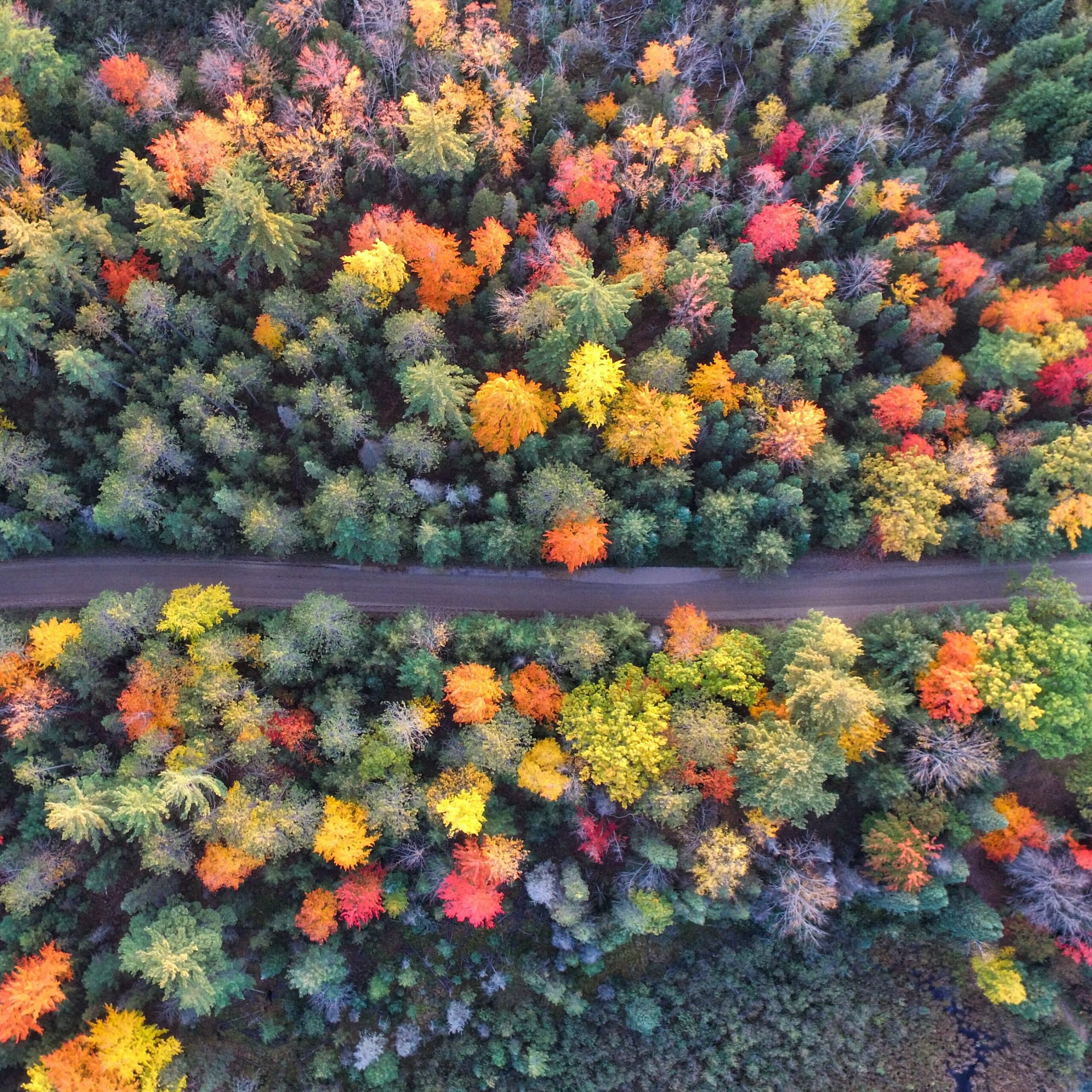Fall is in the air, local coffee shops have ramped up their autumnal beverages, spooky season is in full force, and the days of a scorching hot summer have began to cool off.
The official autumnal equinox took place on Thursday, September 22nd at 9:03 p.m. EDT – or 8:03 p.m. CDT, 7:03 p.m. MDT and 6:03 p.m. PDT.
The date marks the start of fall in the Northern Hemisphere and the beginning of Spring in the Southern Hemisphere — occurring at the same moment around the globe.
In Western Washington, the fall equinox is an exceptionally magical time of year as our urban natural areas and forests begin the striking transition to vibrant, colorful, and rich fall foliage.
As we prepare to bundle up for autumn, the anticipation of rainy season dawns with crisper cool mornings, and the last remaining bits of sunlight glimmering in the late afternoons; highlighting to get out and enjoy the early shift in season while you can!
What is the Autumnal Equinox?
The term “equinox” is derived from the Latin term “equinoxium,” meaning “equal between day and night.” There are two moments in the year (Autumn Equinox & Spring Equinox) when the sun’s annual pathway is directly above the equator creating this noticeable balance.
Following this celestial phenomena in the fall, the days become rapidly shorter shrinking by 3.5 hours per day, with an increased rate for more Northern cities up until the Winter Solstice in late December.
The Significance of Fall Equinox
Historically across the world, many cultures and communities have come together to celebrate with ritual, tradition, dancing, and communal eating to commemorate nature’s cycle in the new season.
The fall equinox has been energetically noted as a time of abundant harvest, transformation, gratitude, purification, release, and the return inward as the sun hangs lower in the sky and temperatures begin to dwindle.
Seattle Fall Colors
Spending time in nature is one of the many enriching ways to welcome autumn and feel connected to your local natural areas during this seasonal shift.
Check out the changing leaves and explore one (or a few!) of these Seattle green spaces in your neighborhood!
Kubota Garden in the south Seattle neighborhood of Rainier Beach offers a 20 stunning acres of Japanese-inspired landscaped park land, including streams, waterfalls, ponds, and rock formations nestled among native Northwest plants. Created by master landscaper Fujitaro Kubota from 1927 until 1987, which was purchased by the City of Seattle. Today, the historic landmark site is maintained by the Seattle Department of Parks & Recreation. The Garden is open dawn to dusk year-round and is free to the public. Kubota Garden is widely known for extraordinary autumn color.
Discovery Park is Seattle’s largest park at 534 acres, situated on a bluff overlooking Puget Sound. While it may not be the most spectacular site for Seattle fall color, the park has plenty to offer autumn visitors: panoramic views of the Cascade Mountains to the east and Olympic Mountains to the west, plus a broad range of natural areas including open meadows, forest groves, thickets, streams, and a walking path to the saltwater beach. It’s a place of quiet and tranquility, moments away from the bustle of the city that is as beautiful in fall as in any other season of the year.
Washington Park Arboretum is 230-acres of gardens, natural areas, and wetlands boasting a spectacular living collection of plants, some found nowhere else in the Northwest. Stop by the Graham Visitors Center for self-guided tour information, plus restrooms and a gift shop. During fall, you can view one of the largest collections of Japanese maples in North America displaying vivid foliage colors of maples, as well as sour gum, buckeye, witch hazel, and more. The Arboretum is open every day from dawn to dusk and is free of charge. Note that the Japanese Garden, located at the south end of the Arboretum, has an entrance fee. Get info about Seasonal Highlights or check their calendar for Free Public Walking Tours.
Union Bay Natural Area (aka “Montlake Fill “) on the University of Washington campus is a 74-acre wildlife area stretching for 4-miles on the western shoreline of Lake Washington. It is one of the best bird-watching sites in the city of Seattle. Along the east side of the area, you will find an all-season trail and walking loop on a boardwalk through the Yesler Swamp, which takes you to the edge of Lake Washington. The wildlife area is managed by UW Botanic Gardens who also use it as an outdoor laboratory for research, teaching and public service.
Green Lake Park is one of Seattle’s most beloved parks, located in north Seattle. The park is a natural preserve for hundreds of species of trees and plants, as well as numerous birds and waterfowl. The 2.8-mile pathway around the lake provides an easily accessible nature walk. Or enjoy the scenery from the water by renting a rowboat, peddle boat, SUP, or kayak from April through September at the Green Lake Boathouse.
For more information on local and surrounding parks in the Puget Sound area: 13 best nature walks to see Seattle fall color
Join Discovery Park’s 50th Anniversary Celebration: https://www.discopark50.org/dp50/
Seattle Forest Week
Want to enjoy the new season and make an impact with us this fall? Join us for the second annual Seattle Forest Week happening October 22nd – October 29th! This is the perfect way to learn about the importance of healthy urban forests, plant native plants, and explore Seattle’s forests with community! seattleforestweek.org



